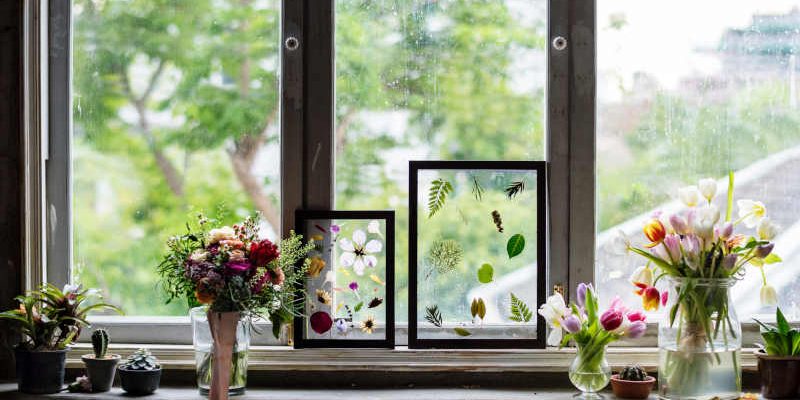When it comes to style, eventually, everything becomes new again if you wait long enough. Murano glass has set the standard in glassmaking since 17th-century Venetian artists mastered the craft. Now, Murano Glass is making a comeback, and artists are bringing it into modern interior design and architecture.
Murano Glass History
The art of glass in Venice goes back to the days of the Roman Empire when glass tiles were used to allow light to filter into the bathhouses.
Murano glass emerged from the influence of skills learned from the Byzantines, trade with the Orient, and influences from the gilded glass of the Middle East. Venetian glassmakers were able to combine these influences in a way that would make them the prominent glass manufacturing center in the world.
The glassmakers of Venice achieved a privileged social status, and the secrets were passed from one generation to the next. The secrets of Murano Glass were closely guarded. What happened on the Island of Murano stayed on Murano. Eventually, the glassmaking traditions of Venice would decline with the introduction of mass manufacturing.
New Wave Murano Glass
We have some exquisite examples of the work of the old masters. Now, artists are once again turning to the works of the Venetian masters as inspiration for a new vision in art glass. The Murano name encompasses several styles and techniques. One of the most familiar is the dense floral patterns of millefiori. The filigrana technique uses white or colored glass threads embedded in clear glass canes to create delicate stripes.
Traditionally, Murano glass can only be called Murano if it is from that famous Venetian island, but the techniques can be reproduced in almost any studio. This has inspired artists, like Toshie Adachi of Tokyo to create works that appeal to modern aesthetics using traditional Murano techniques.
Now, art glass, like Edie Parker’s glass accessories is making its way into contemporary design styles. The simple glasswork by Susan Korn is finding its way into some of the most exclusive home décor shops in Manhattan.
The influence of Murano glass is evident in the work of Peter Dupont and Breanna Box, who display their wares and work out of their Gowanus neighborhood studio and gallery. Their work is somewhat of a cross between fine antique Murano glass and Salvador Dali. Some artists, like Gennaro Pepe of Spain, continue to produce pieces that are as close to the originals as possible.
If you are looking for pieces that are modern and trendy for your home or the perfect gift, you might want to explore what some of these modern glass artists are doing with these ancient techniques.





